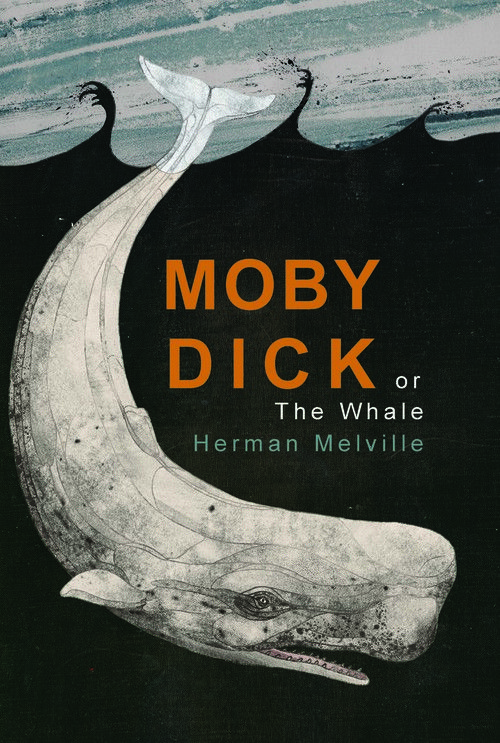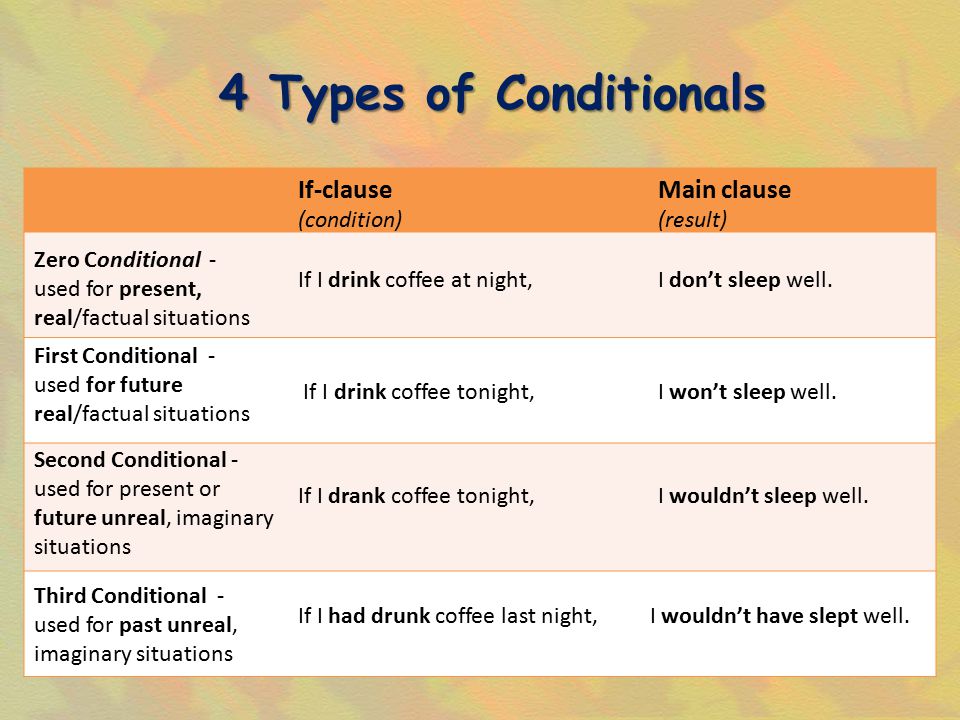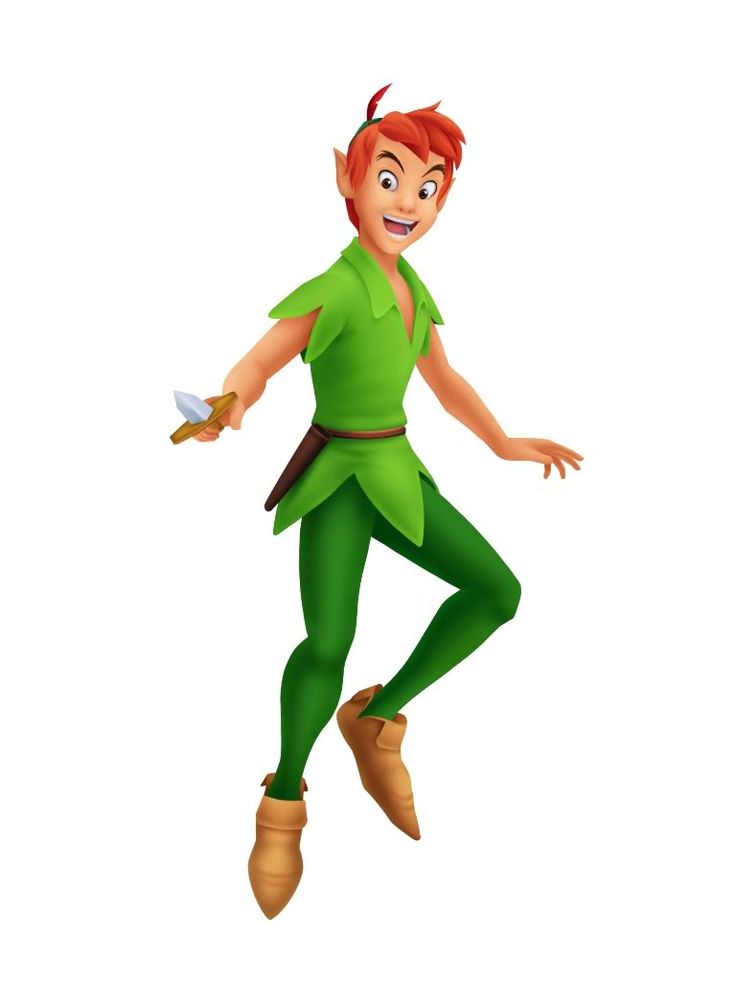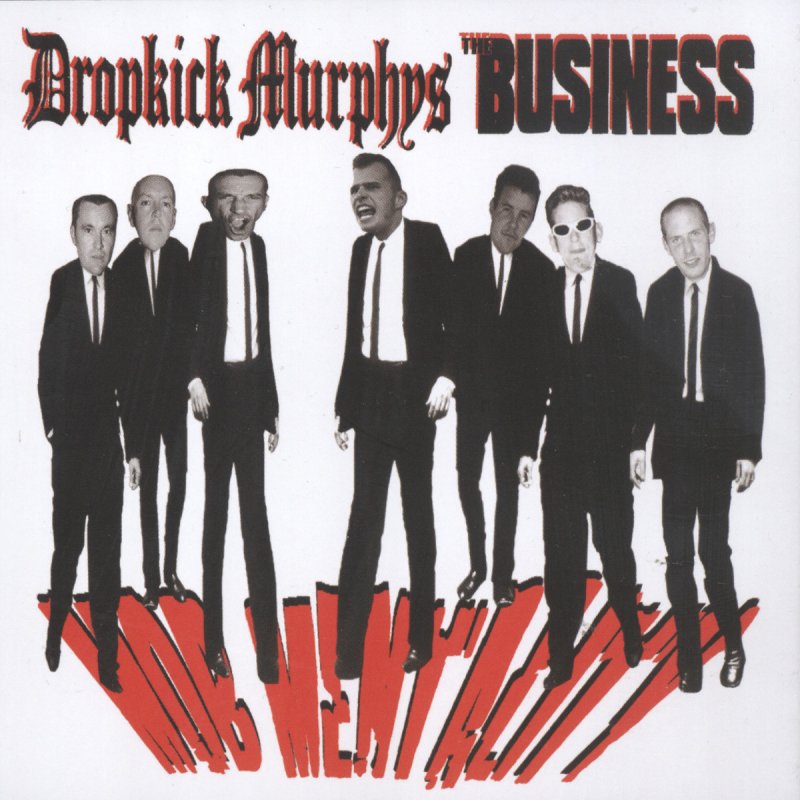Phobia of whales
Fear of Whales Phobia - Cetaphobia
Hundreds of thousands of people around the globe are afraid of whales. The intense fear of whales is termed as Cetaphobia, a word that has its origins in Latin Cetus meaning large fish and phobos which is the Greek God of fear.
People having an extreme fear of whales cannot bear to think, see or talk about whales. Watching a movie about (or an image of) these large creatures can cause a full blown panic attack in the sufferer. Most Cetaphobes do not suffer the symptoms of their phobia on a day to day basis; only when they suddenly encounter a whale which is usually through media or TV. Other people tend to laugh at this seemingly irrational fear; after all, the chances of the phobic encountering a whale are usually very small. While the phobic also realizes that such fear is irrational and has no grounds, s/he simply cannot control it.
Let us study the causes, symptoms and treatment for the phobia.
Causes of Cetaphobia
As stated before, the fear of whales is usually triggered in one’s childhood on account of having watched films or movies related to whales. An online forum dedicated to various phobias has people contributing their experiences pertaining to their fears and in case of Cetaphobia, most phobics explained that their fear began after having watched the movie Finding Nemo. (Others had similar experiences of panic attacks after watching whales depicted in Free Willy, Fantasia 2000 or Pinocchio). In each case, the whale, an inherently gigantic creature, is portrayed as a creeping up slowly on unsuspecting characters. The large screen in a movie theater can greatly exacerbate this fear in nervous minded individuals or small children.
Killer whales are usually portrayed as vicious and blood thirsty creatures. It is believed that many Japanese fishermen and tribal members of the Inuit developed the fear of these whales while hunting them.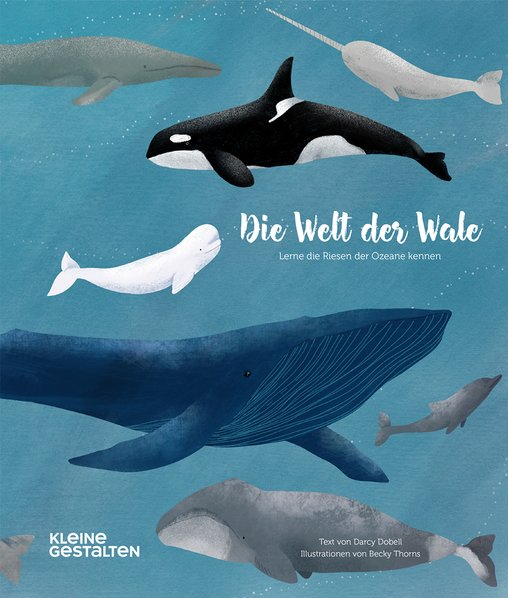 (In reality, they need to fear environmental organizations more than the whales, since killing whales is against the Law and could lead to hefty penalties or serious jail time).
(In reality, they need to fear environmental organizations more than the whales, since killing whales is against the Law and could lead to hefty penalties or serious jail time).
Other causes of Cetaphobia include the fear of monsters which most children have. These usually go away as the child grows up; however, many continue to experience the fear well into their adulthood.
A traumatic event related to whales such as a large dying whale washing up on the beach etc could also cause anxious minded people to start fearing whales.
The fear of the ocean or the fear of the sea having huge whales in it can cause the phobic to avoid the beach. Many tend to get recurrent nightmares of being swallowed alive by whales (where no one would ever find their dead body). Such dreams and thoughts can cause intense panic in the individual.
Symptoms of Whales Phobia
Like all other phobias, the fear of whales can cause various symptoms such as:
- Dry mouth, rapid breathing, palpitations etc
- Shaking and trembling
- Feeling like fleeing, covering one’s eyes or running away and hiding when an image of a whale comes up in books or on TV etc
- Crying, screaming, and getting hysterical.
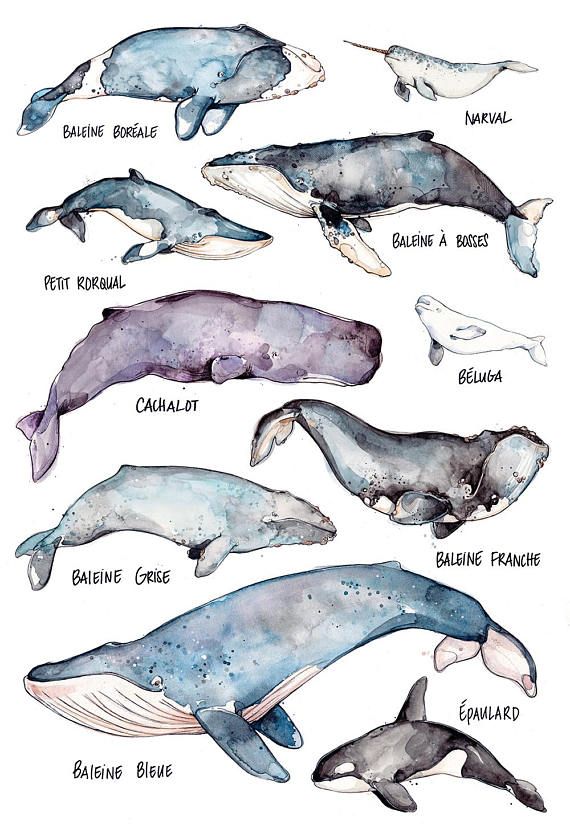 Having recurrent nightmares of being swallowed by whales.
Having recurrent nightmares of being swallowed by whales.
As most people are unable to understand the rationale behind such fear, the phobics tend to be laughed at or ridiculed. This causes them to further withdraw within themselves or feel depressed. Often, Catephobia accompanies other phobias such as Agoraphobia, Thanatophobia, fear of water etc.
Treating and overcoming the fear of whales phobia
Gradual desensitization is the best way of overcoming the fear of whales. The phobic should try to gather up courage and view videos or movies about these gigantic creatures. However, this therapy is best done under the guidance of a professional who can help one start small. For example, the phobic might be asked to simply think of whales, progressing on to viewing their pictures and movies gradually, each time overcoming the anxiety experienced though deep breathing, muscle relaxation etc.
Another technique that can help overcome most phobias is Hypnosis/hypnotherapy.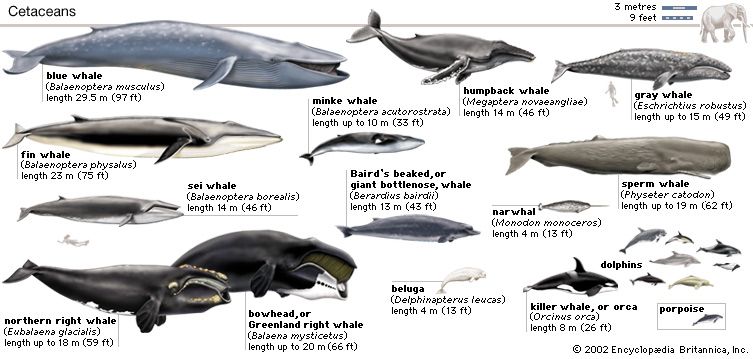 This helps get to the root of the phobia and eliminate it completely. Others include NLP or the neurolinguistic programming and Cognitive behavior therapy.
This helps get to the root of the phobia and eliminate it completely. Others include NLP or the neurolinguistic programming and Cognitive behavior therapy.
Self education is also a must while trying to overcome the intense fear of whales. Whales are, by nature peaceful and will not intentionally harm humans. They are mammals that nurse their young. They usually live only in the deepest parts of the ocean. Some statistics will also show that human deaths owing to whales are few and rare.
Other techniques to overcome anxiety pertaining to Cetaphobia include meditating, positive visualization therapy etc. Talking about one’s fear in group therapy or with an experienced psychiatrist can also help one overcome the fear of whales’ phobia once and for all.
'People Can Be Afraid of Anything'
Health
There are plenty of people afraid of whales who will never even see one. How I learned about, and tried to conquer, my own cetaphobia.
By Kate HorowitzLiza/Flickr/The AtlanticSaved StoriesThe first time I saw the whale, I gasped.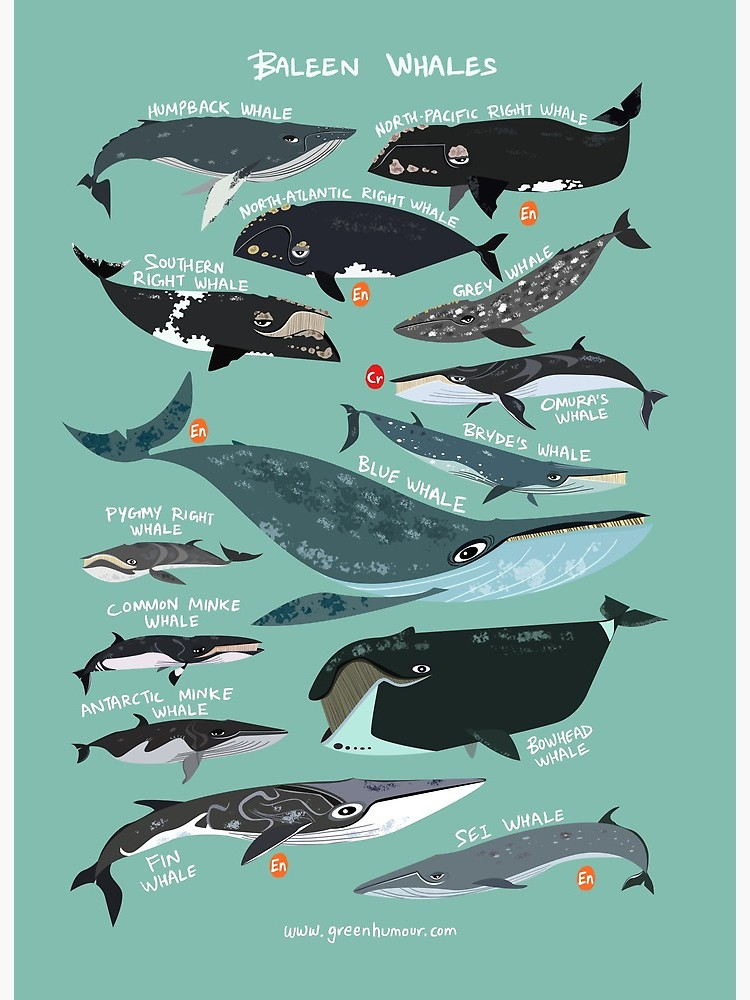 My field of vision filled with the sight of the monstrous blue thing diving from the museum ceiling. I felt like my skin was burning, like the floor was tilting up to meet me. I felt like the world was ending, like the leviathan on the ceiling had just swallowed the sun.
My field of vision filled with the sight of the monstrous blue thing diving from the museum ceiling. I felt like my skin was burning, like the floor was tilting up to meet me. I felt like the world was ending, like the leviathan on the ceiling had just swallowed the sun.
My fourth-grade class shuffled into the Milstein Hall of Ocean Life like it was just another room. Mrs. Martin raised her voice to be heard over the ocean sounds playing on the speakers.
“This whale is 94 feet long, about the size of three buses. Can anybody tell me what kind of whale this is?”
In the classroom, my hand would have been the first in the air. Face to face with the whale, however, my hands shook and my mouth was dry. My chattering classmates strolled between the dioramas, smearing Cheeto dust on the glass, not even looking up, but my legs were locked. I could not comprehend the size of the thing.
The school trip ended. We went home. I soon forgot the whole thing.
Six years later, my mother, little sister, and I sat in the movie theater, eager for Disney’s Fantasia 2000 to begin.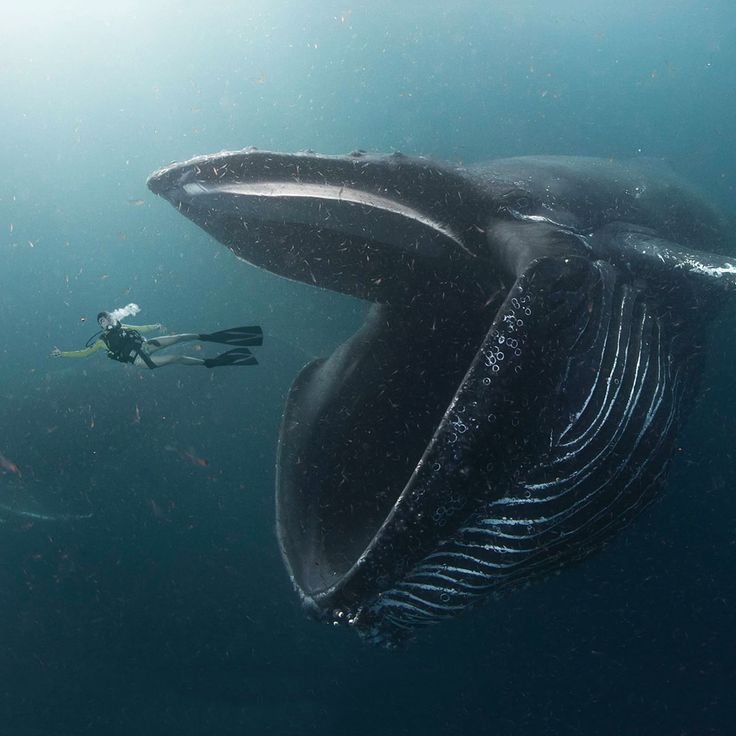 At home, Abby and I had nearly worn out our videotape of the original Fantasia, rewinding the “Pastoral Symphony” segment over and over to watch the pastel-skinned centaur maidens arranging their confection-colored hair. The theater lights dimmed. The symphony on the massive screen began tuning up. My family settled in for another wordless Technicolor ride.
At home, Abby and I had nearly worn out our videotape of the original Fantasia, rewinding the “Pastoral Symphony” segment over and over to watch the pastel-skinned centaur maidens arranging their confection-colored hair. The theater lights dimmed. The symphony on the massive screen began tuning up. My family settled in for another wordless Technicolor ride.
Just a few minutes into the film, a trio of magical humpbacks took to the night sky, soaring serenely through the aurora borealis. My stomach lurched. Bile rose in my throat. I gripped both armrests with sweaty palms. Somehow I made it through the rest of the segment. By the time the theater lights came up an hour later, my heart rate had slowed to a normal pace. We left the theater. I soon forgot the whole thing.
Ten years after that, I returned to the American Museum of Natural History with my father, stepmother, and baby brothers.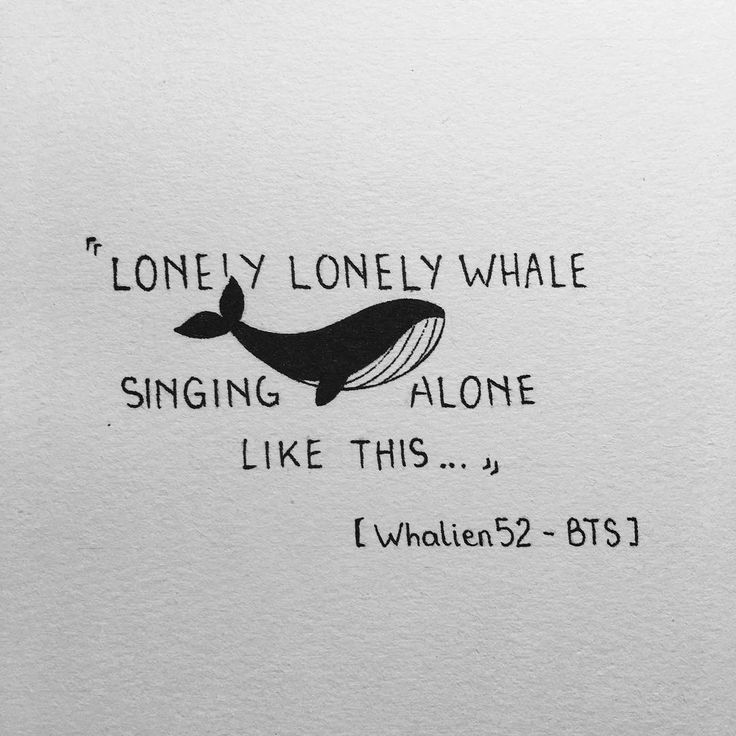 I watched Mikey, still a toddler then, run giddy circles on the wooden floor directly under the blue whale. The back of my neck prickled. I wanted to get him out from under there, to carry him out of the room, out of the mouth of danger.
I watched Mikey, still a toddler then, run giddy circles on the wooden floor directly under the blue whale. The back of my neck prickled. I wanted to get him out from under there, to carry him out of the room, out of the mouth of danger.
Eventually we left the museum. That night, I wrote a poem: “An Open Letter to the Blue Whale on the Ceiling.” I posted it to my poetry blog. There were no comments. I soon forgot the whole thing.
* * *
Three years ago, when I was 28, I discovered the whale poem while combing through blog entires. I'd used the words infinite and terrifying. I'd used the word horrible.
“My god,” I thought. “I’m afraid of whales.” A few minutes passed.
“I’m afraid of whales?”
* * *
Just Googling “whale phobia” led to page after page of confessions on web forums, personal blogs, and psychology message boards. I learned that the fear of whales has no offical name, but some people call it “cetaphobia,” from the Greek ketōs, or sea monster, and phobos, or fear.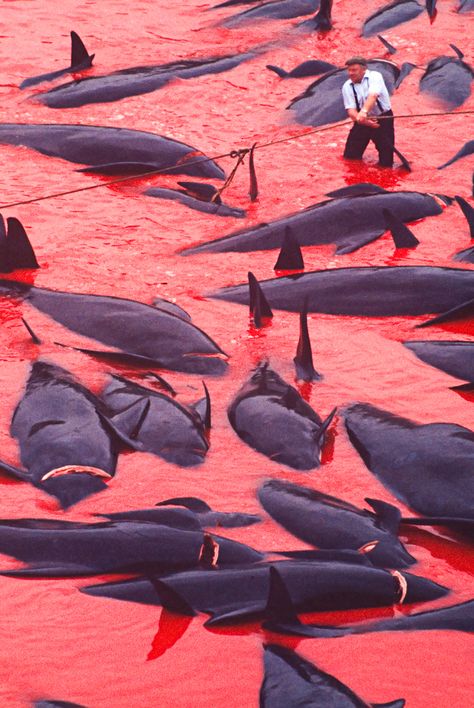 Once I started looking, I found cetaphobes all over the place.
Once I started looking, I found cetaphobes all over the place.
“I am terrified of whales, and I live in Illinois,” one commenter wrote on an article about cetaphobia.
“People always make fun of me because they say I’ll never see [a whale] in real life,” said another commenter from the Netherlands. “GOD NO. I’ll make sure I don’t.”
My muscles tensed, preparing me to run away from my own laptop. I felt the bottom drop out of the world.“Even my five-year-old laughs at me,” confided an American woman. “She showed me a picture of a cartoon whale on her Red Lobster menu and I broke down crying in the restaurant.”
Many writers described childhood events very similar to my fourth-grade field trip: a museum visit, a life-sized whale model, the terror, the racing heart, the unfussed classmates. Everyone hated the whales in Pinocchio, in Finding Nemo, and in Fantasia 2000. (What is it with Disney and whales?)
I emailed as many self-described cetaphobes as I could find and sent each one a questionnaire.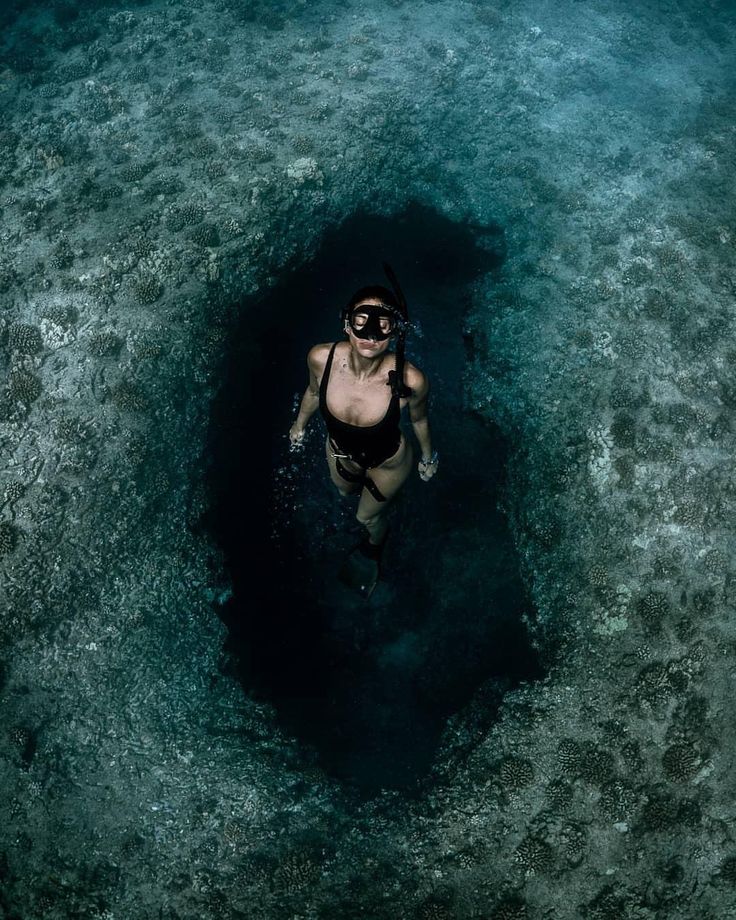 I asked if they had always been afraid of whales.
I asked if they had always been afraid of whales.
“I don't think I was ever aware of my fear until I started participating in a forum about paranormal and other scary things,” one blogger wrote back to me. “A frequent topic of conversation was phobias. Someone posted a link to an animation of a life-sized whale … I lost my mind. I was absolutely terrified.”
I asked if some whale species were scarier than others.
“Blue whales are the worst,” responded one woman, “but I just generally hate them all.”
“What’s the worst thing about whales?” I asked.
“Their size.”
“Their size and weight.”
“Their size, for sure.”
“They are huge.”
“Their size, and the fact that they have brains.”
The Google results for “whale phobia” kept me busy for hours. An image search delivered artist June Park’s painting “Cetaphobia.”
Seeing the painting delivered the same shock and horror that I felt in the museum all those years ago. Vertigo descended. My muscles tensed, preparing me to run away from my own laptop.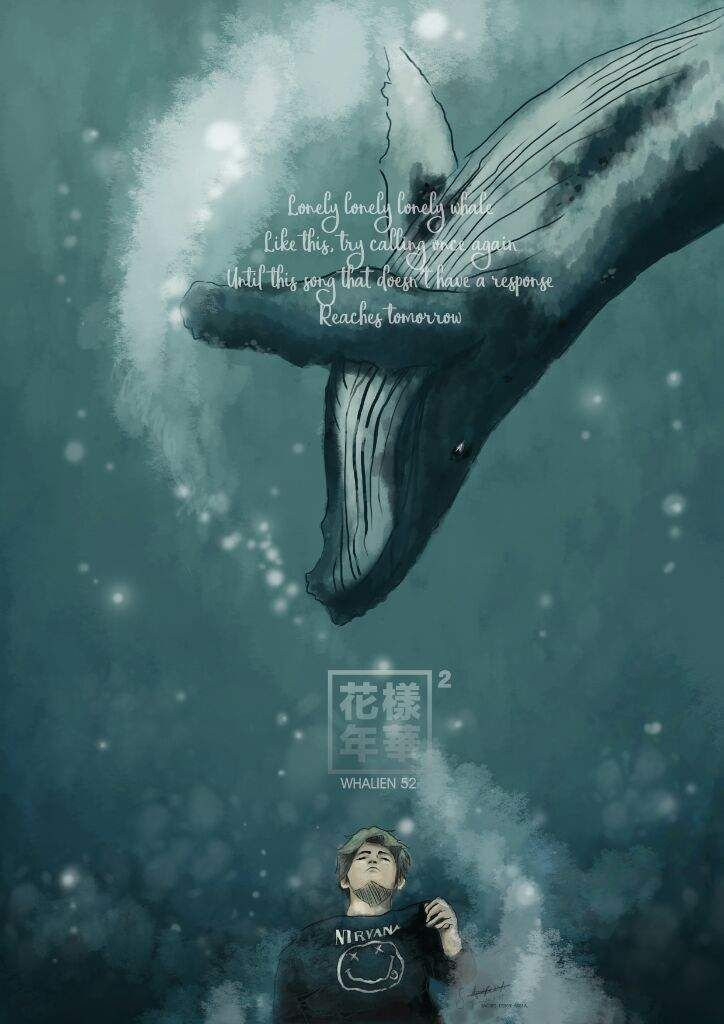 I felt the bottom drop out of the world. The whale was so big, so horrible, that I had to look away.
I felt the bottom drop out of the world. The whale was so big, so horrible, that I had to look away.
But the reporter in me needed to know more. I reopened my browser and returned to Park’s website.
The painting’s foreground could be any domestic scene—a nighttime interior with walls of Chagall blue, a little white dog, a red chair, and two cactuses—but visible through the windows in the background is a flat wall of gray whale. Its yellow eye alone dominates an entire window and seems to give off its own overpowering light. In the glow of the whale’s eye, the little dog’s tail stands at attention. Its mouth is open, barking a silent alarm. Even the chair and the cactuses stand rigid, terrified. The whale is outside, and the viewer is within, but it doesn’t matter. The whale occupies the whole world.
Courtesy June ParkI can barely look at this painting without feeling queasy. My breath comes in clutches and gasps just trying to describe it. Viewing it for the first time, I wondered what it must have been like to actually paint such a thing—to stare for hours into the whale’s colossal egg-yolk eye, or to lay a brush against the endless gray slope of its mouth.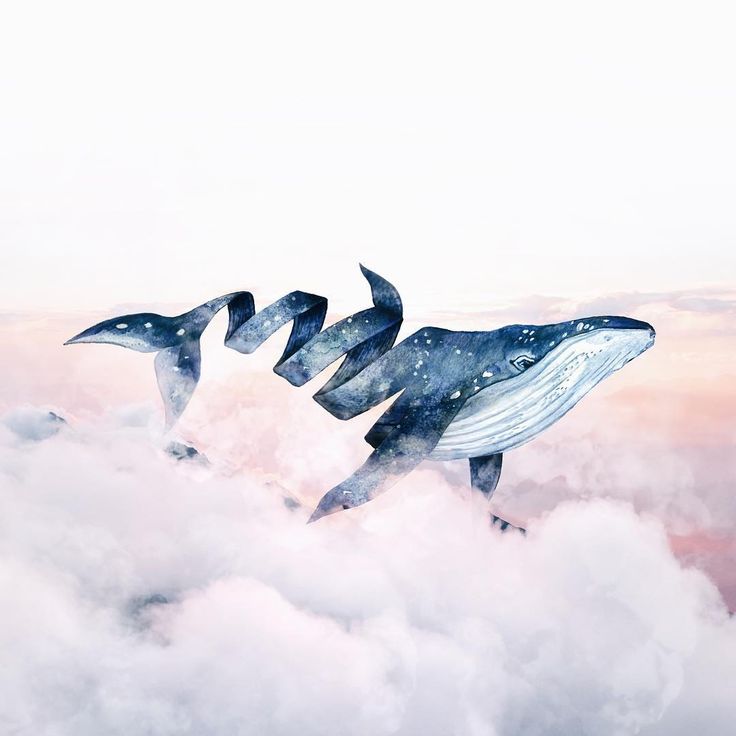 I wondered how deep Park’s fear must have been, and when it began. I wrote her to ask.
I wondered how deep Park’s fear must have been, and when it began. I wrote her to ask.
“It was definitely after I came to the United States as a teenager that I started associating whales with fear,” she said. Her first phobia experience sounded familiar: a trip to the American Museum of Natural History and an encounter with the blue whale on the ceiling. She said she felt “amazed at first, then uncomfortable, then overpowered, then completely overwhelmed.” By the time she left the room, she was terrified.
The 12-by-16-inch acrylic painting was her response to an art-school assignment on phobias. “At the time,” she wrote, “I shared an apartment with a roommate. I lived in the living room by those windows, and I stayed up many nights, working.” Harsh light from the streetlamps flooded the room with shadows. Park remembers checking the windows for hovering whales, just to be sure.
When Park turned in her assignment, her professor praised her command of composition and color.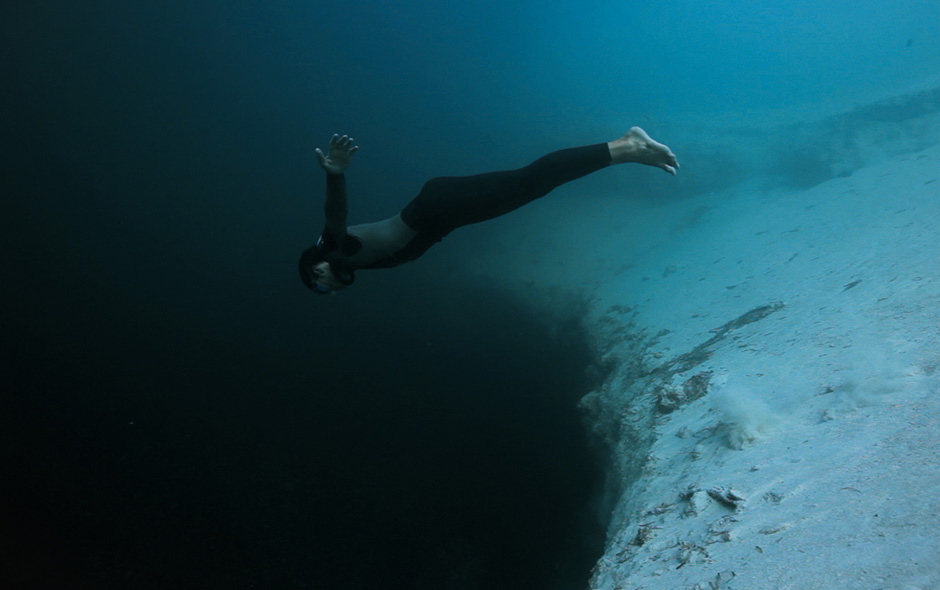 He didn’t comment on the whale. At the end of the semester, Park put the painting in a closet.
He didn’t comment on the whale. At the end of the semester, Park put the painting in a closet.
I asked her how she felt looking at it now.
“Uncomfortable,” she said. “I want to look away immediately and forget it.”
* * *
For a condition so unlikely, so preposterous, and so embarrassing, there sure were a lot of us, and everyone was surprisingly willing to talk. I had asked each person why he or she was afraid, but nobody was really sure. We are inexplicably—and deeply—afraid.
It didn’t make any sense at all.
I went to the library. I found nothing. The scientific literature doesn’t contain a single mention of cetaphobia, or whale phobia, or even the possibility that a fear of whales might exist. Just one book came home with me: a thick, large-format paperback with The Anxiety and Phobia Workbook emblazoned on the front in large, friendly letters.
We’re not afraid of whales because we saw our siblings devoured by whales, or because our fathers choked to death on a piece of whale-shaped cake.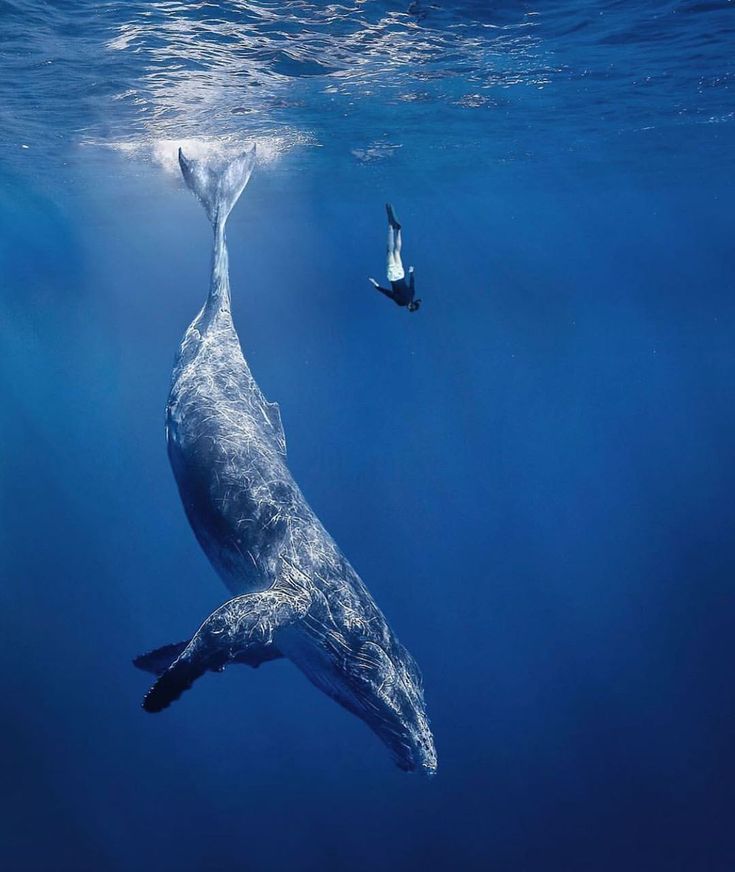 We’re just afraid.
We’re just afraid.Flipping through the book as I ate dinner later that night, I learned that while cetaphobia has not yet made it into the psychiatric literature, it qualifies as a “specific phobia,” defined by the National Institutes of Health as “an intense, irrational fear of something that poses little or no actual danger.” The book explained that features of specific phobias include an immediate anxiety response (like my locked knees or my survey respondent’s tears in Red Lobster), recognition on the part of the phobic person that the fear is excessive or unreasonable, and avoidance of the triggering situation. For those of us with a whale phobia, that last one is usually pretty easy to satisfy. Animal phobias like mine typically crop up when people are around 7 to 10 years old, and there’s usually no triggering event. We’re not afraid of whales because we saw our siblings devoured by whales, or because our fathers choked to death on a piece of whale-shaped ice-cream cake. We’re just afraid.
The workbook’s author, psychologist Edmund J. Bourne, estimated that specific phobias affect around 19 million American adults and that more than half of those are animal-related. Evolutionary psychologists have guessed that animal phobias may have kept our prehistoric ancestors safe from saber-tooth cats, venomous snakes, and other predators. The fear is no longer necessary to our survival, but it’s stayed in our DNA and can express itself in strange ways. The most common animal phobias concern snakes and spiders, but the literature is rich with stories of patients who fear pigeons, squirrels, and house cats. In a Popular Science article about a fear of holes, psychologist Martin Antony made a crucial observation: “People can be afraid of absolutely anything.”
I went back to the workbook. Ordinary fears—of sharp objects, fire, and violence, for example—are essential to survival, explained Bourne, and people with specific phobias generally experience both healthy and unhealthy fears.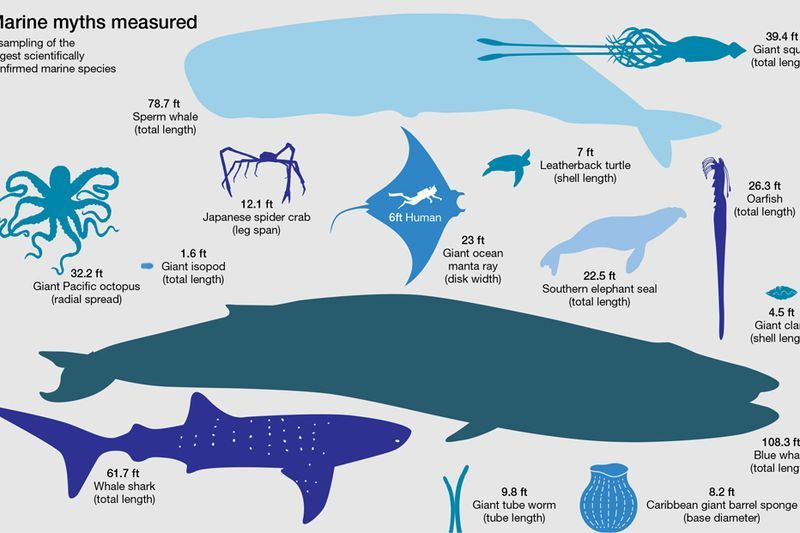 I think of it this way: Healthy fear prevents me from climbing into the lion enclosure at the zoo, whereas unhealthy fear makes me hyperventilate while watching Disney movies.
I think of it this way: Healthy fear prevents me from climbing into the lion enclosure at the zoo, whereas unhealthy fear makes me hyperventilate while watching Disney movies.
But, Bourne continued, there was good news: Specific phobias respond well to treatment.
* * *
“I don’t think people realize how effective this therapy can be,” said Katherina Hauner, Ph.D., a neuroscientist at Northwestern University specializing in phobia treatment. I’d called her to get her thoughts on conquering cetaphobia. Unlike treatment for depression or post-traumatic stress disorder, Hauner said, treatment for specific phobias has a 95- to-98-percent success rate.
The clinical term, she said, is “exposure therapy.” Under the guidance of a therapist, people approach the object or situation they fear in measured, careful steps. In a 2012 study in Hauner’s lab, people with arachnophobia began with talking about spiders, then a cartoon drawing of a spider, then a realistic photograph, and so on, until they were touching or holding a real spider.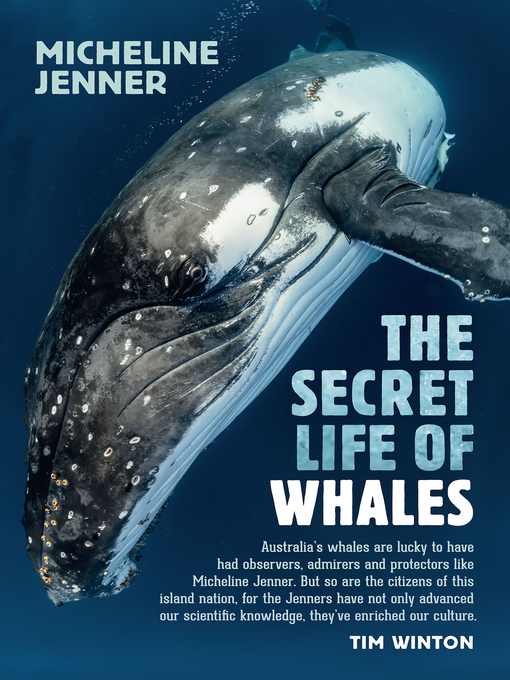 Each step forward caused a fear response, but instead of running away, the study participants stayed put to confront both the trigger and the feelings of fear, training their brains that the trigger was not a threat. Even people with severe arachnophobia, Hauner said, “were able to touch or hold a live tarantula in their bare hands within three hours of exposure therapy. None of the participants could believe that they had achieved this, but every single one of them did.”
Each step forward caused a fear response, but instead of running away, the study participants stayed put to confront both the trigger and the feelings of fear, training their brains that the trigger was not a threat. Even people with severe arachnophobia, Hauner said, “were able to touch or hold a live tarantula in their bare hands within three hours of exposure therapy. None of the participants could believe that they had achieved this, but every single one of them did.”
By the end of the study, she added, “a lot of people ended up liking spiders.” I was dubious.
“The worst thing you could do” for a specific phobia, Hauner said, “is not even try.”
And so, 20 years after the fourth-grade field trip, I've returned to the museum. I find myself glued like a barnacle to the cool, curving wall of the Hall of Ocean Life, pitting curiosity against fear.
The whale is still there. It’s even bigger than I remembered. Goosebumps rise on my arms. The room feels cold. My blood feels cold.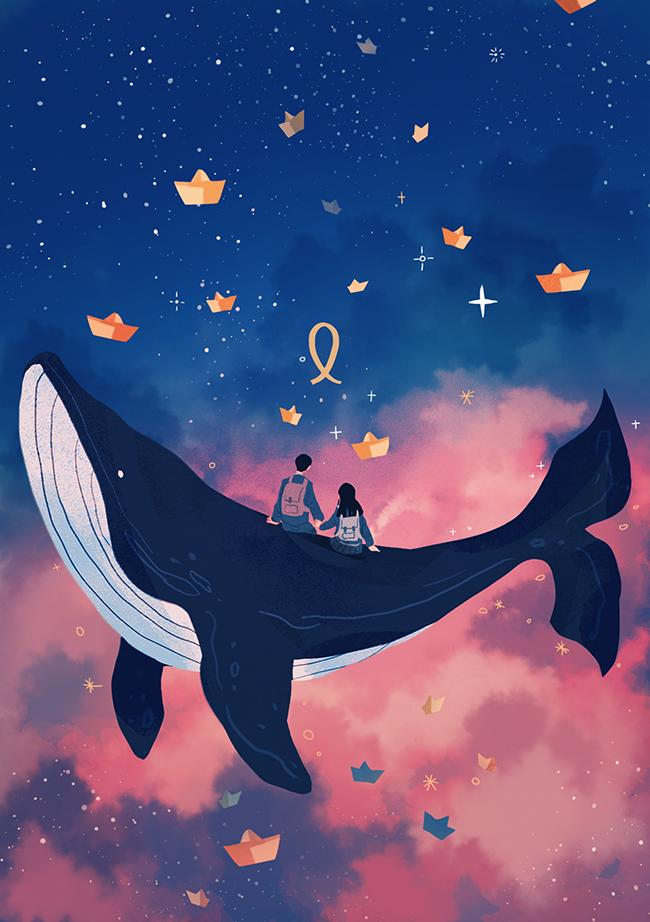 I spot a security guard, and decide a little conversation will distract me from the sound of my pounding heart. I try to play it cool.
I spot a security guard, and decide a little conversation will distract me from the sound of my pounding heart. I try to play it cool.
“Some kids are afraid of the dinosaurs or the butterflies,” the security guard tells me, “but the whale? No. I’ve never seen anybody afraid of the whale.” He must be new here, I think. My knuckles glow like knobs of bleached coral against the brass banister.
I walk slowly around the perimeter of the room to view the whale from all possible angles, gradually getting closer and closer. The closer I get to coming face to face with this thing, the colder I feel. As I near the whale’s head, my fear-charged legs propel me out of the room and behind the dusty body of a taxidermied Bengal tiger.
It’s ridiculous, I realize: I’m hiding behind a tiger to escape from a whale.
I retreat to the gift shop, but stride out again almost immediately; in my panicked state, I can’t even stand the pod of plush whales near the cash register. Down in the cafeteria, I sip a fountain soda and glare at a display of whale-shaped sugar cookies.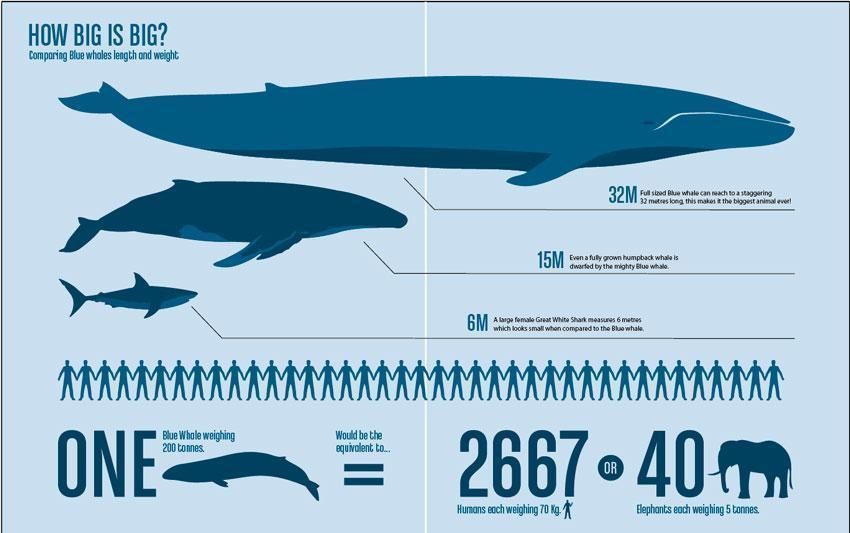 The royal-blue icing skin gleams dully under the fluorescent lights. Rows of sinister black sugar eyes stare back at me. My legs twitch. I want to go home, but I won’t. Not yet.
The royal-blue icing skin gleams dully under the fluorescent lights. Rows of sinister black sugar eyes stare back at me. My legs twitch. I want to go home, but I won’t. Not yet.
After finishing my soda, I inch back into the Hall of Ocean Life. Any nerve I had before is gone. I spend two hours on the hall’s upper balcony alone, circling the whale and hyperventilating. When my heart rate finally slows, I clutch the banister and descend the stairs to stand beneath the motionless beast.
I almost make it. On the bottom step, my knees give out, my stomach heaves, and the floor tilts like it did when I was nine. I aim my buckling legs at the floor beside a manatee diorama and collapse. Hot, embarrassing tears run down my face. I crawl behind a column so that nobody can see me and so that I cannot see the whale. The cold comes in waves.
I think I might fall down again if I try to stay standing, so I sit down under the whale.In time, the trembling subsides. After a few hours, I try to take a few steps onto the floor underneath the whale. It doesn’t go well. I think I might fall down again if I try to stay standing, so I sit down under the whale.
It doesn’t go well. I think I might fall down again if I try to stay standing, so I sit down under the whale.
Mentally, I’m feeling fine: I know—I know—there is nothing to fear.
So why am I crying? Why does my belly hurt? Why do my lungs ache? I can feel my heart beating in my thighs. I wonder where the whale’s thighs would have been, if whales had thighs. About where I am, I realize. Directly above me. The blood rushes to my head. I feel like I’ve inhaled underwater. I endure for a few more seconds, then stand and retreat behind my column to recover. This terror is older than I am. It lives in my muscles. This terror has gone into overdrive trying to protect me. This terror does not care that I am not actually in danger. I pat myself on the arm with a shaking hand. “Thanks for trying,” I whisper to my own body.
By sunset, I can almost look the whale directly in the eye without feeling sick. That’s enough. The instant I give them permission, my relieved feet carry me swiftly out of the room into the misty air of a reconstructed rain forest.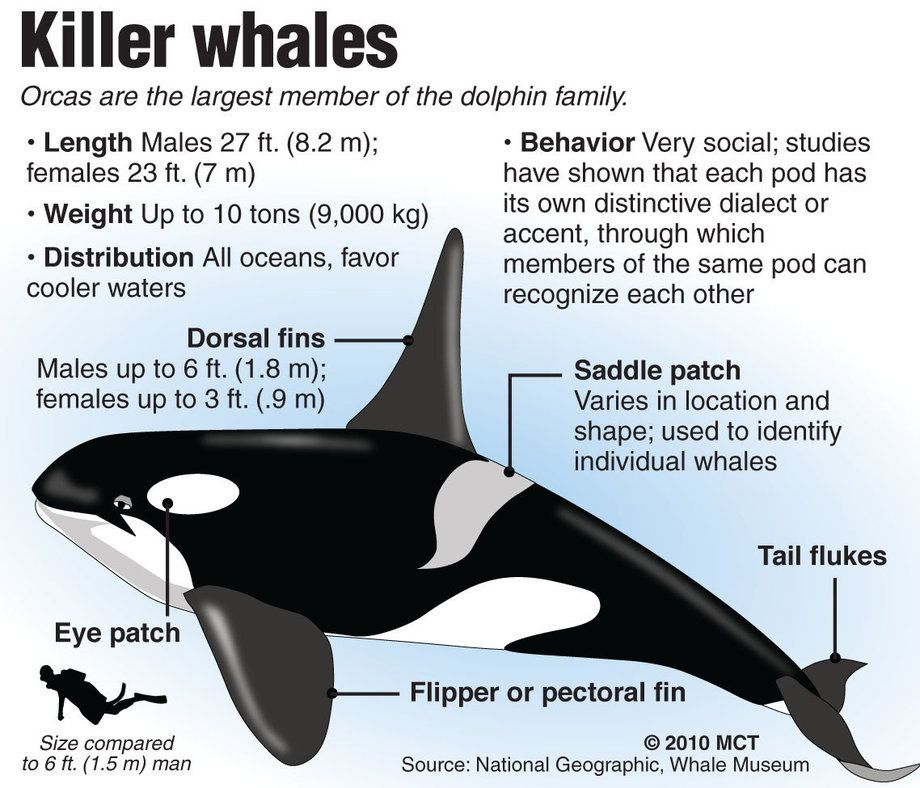 As my heartbeat resumes its regular rhythm, I wave goodbye to the Hall of Ocean Life and to the big blue whale on the ceiling. On my way to the subway, I stop in the cafeteria and buy myself a whale-shaped cookie.
As my heartbeat resumes its regular rhythm, I wave goodbye to the Hall of Ocean Life and to the big blue whale on the ceiling. On my way to the subway, I stop in the cafeteria and buy myself a whale-shaped cookie.
I’m not cured, but I’m on my way. Hauner agrees. “You did good,” she says when I call her. “Keep doing the same thing.”
Back at home, far away from the whale, I take a long, hard look at my cookie. I untie the baby-blue satin ribbon on its cellophane bag. The cookie’s cobalt icing is cool and smooth under my fingers, and its frosted tail is no longer than my thumb. I pour myself a glass of milk and sit cross-legged in my desk chair. I break the cookie into bite-sized pieces and brush the crumbs off my pajama pants. Outside, the night is black as the ocean depths, but I am cozy in my lamp’s warm circle of light. I dunk a piece of cookie in my glass and ferry the milk-softened tail to my mouth. The blue whale melts on my tongue.
Cetaphobia - fear of whales. Phobias and fears
Hundreds of thousands of people around the world are afraid of whales.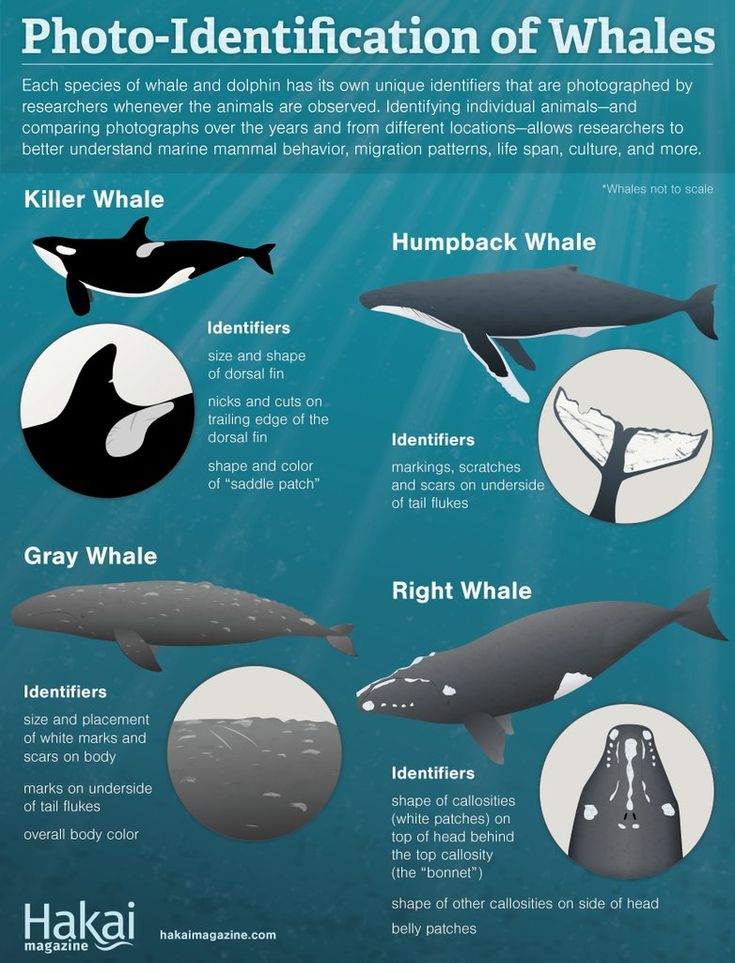 The intense fear of them is called Cetaphobia, words that have their origin in Latin - Cetus, meaning big fish, and phobos, which is the Greek god of fear.
The intense fear of them is called Cetaphobia, words that have their origin in Latin - Cetus, meaning big fish, and phobos, which is the Greek god of fear.
People who are anxious about these beings cannot think, observe or talk about them. Watching a movie (or images) of these large mammals can cause complete panic in the sufferer. Most cetaphobes do not suffer from the symptoms of their phobia in everyday life; they only occur when individuals are suddenly confronted with a whale, which is usually done through the media or television. Other people tend to laugh at this seemingly irrational fear; after all, the chances of encountering the object of fear are usually very small. The phobic also understands that such fear is irrational and unfounded, but simply cannot control it.
Contents
Causes
As noted earlier, the fear of whales is usually triggered in childhood by watching films related to whales. On online forums dedicated to various phobias, there are people who contribute to their fears, and in the case of Cetophobia, most explain that their phobia began after watching the movie Finding Nemo. Others have had similar experiences of panic attacks as a result of looking at whales depicted in Free Willy, Fantasia 2000, or Pinocchio. In each case, it is essentially a giant creature, depicted as slowly crawling towards unsuspecting characters.
Others have had similar experiences of panic attacks as a result of looking at whales depicted in Free Willy, Fantasia 2000, or Pinocchio. In each case, it is essentially a giant creature, depicted as slowly crawling towards unsuspecting characters.
A large screen in a movie theater can greatly exacerbate this fear in nervous people or young children.
Killer whales are usually depicted as vicious and bloodthirsty creatures. It is believed that many Japanese fishermen and Inuit tribal members had a fear of these whales while hunting them. In fact, they need to fear environmental organizations more than whales, since killing these animals is against the law and can result in high fines or serious jail time.
Other causes of Cetaphobia include fear of monsters, which most children have. They usually go away when the baby grows; however, many continue to experience fear into their adult lives.
A traumatic event involving killer whales, such as a large dying whale on a beach, etc.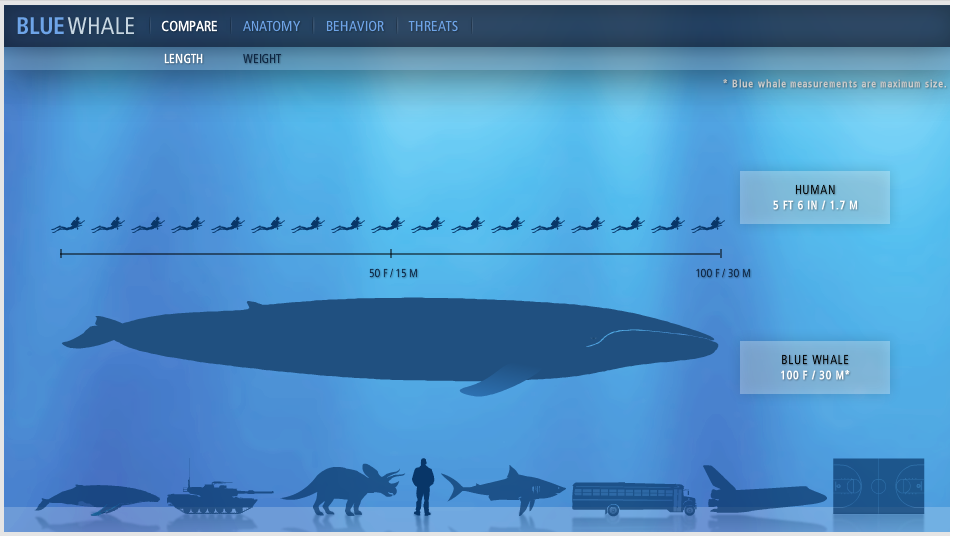 , can also cause anxiety in humans, leading to fear of these mammals.
, can also cause anxiety in humans, leading to fear of these mammals.
Fear of the ocean or sea with huge inhabitants in it can cause a phobia, a desire to avoid the beach. Many tend to have recurring nightmares from being swallowed by live whales (where no one will ever find their dead body). Such visions and thoughts can cause panic in a person.
Symptoms
Like all other phobias, the fear of whales can cause various manifestations, such as:
- Dry mouth, rapid breathing and heartbeat, etc.
- Shaking and shivering
- Desire to run, closing eyes when the image of a whale appears in books, television, etc.
- Crying, hysterical crying with recurring nightmares of being swallowed by whales.
Since most people are unable to understand the rationale for such fear, phobics are usually ridiculed. This causes them to continue to lose their temper or feel overwhelmed.
Cathophobia often accompanies other disorders such as Agoraphobia, Thanatophobia, fear of water, etc.
Treatment
Gradual desensitization is the best way to overcome the fear of whales. The phobic should try to muster up the courage to watch videos or movies about these giant creatures. However, this therapy is best done under the supervision of a professional who can help you start small. For example, a phobic can be asked to just think about whales, gradually move on to watching his paintings and films, each time overcoming anxiety with deep breathing, muscle relaxation, etc.
Another method that can help overcome most phobias is hypnosis. This helps to get to the root of the disorder and eliminate it completely. Others include NLP or Neuro Linguistic Programming and Cognitive Behavioral Therapy.
Self-education is also essential in trying to overcome an intense fear of whales. They are naturally peaceful and do not intentionally harm humans. These are mammals that feed their young. They usually live only in the deepest parts of the ocean. Some statistics also show that human deaths due to whales are small and rare.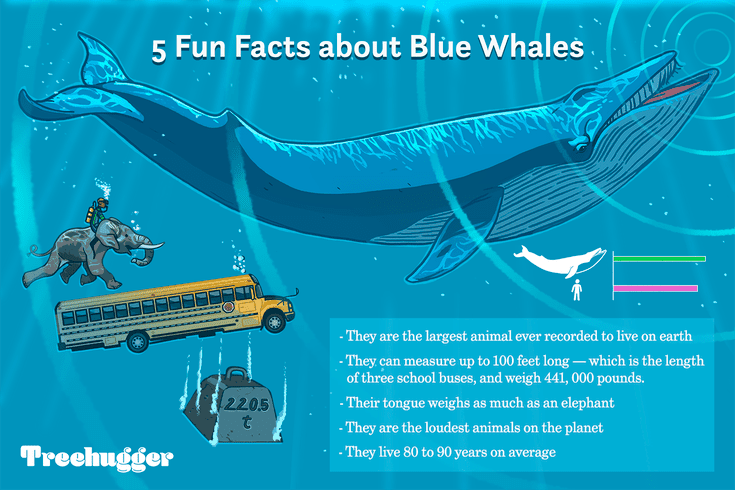
Other methods of coping with anxiety associated with cetaphobia include meditation, positive imaging therapy, etc. Talking about the fear in group therapy or with an experienced psychiatrist can also help you overcome your fear of whales once and for all.
19 strange phobias that can turn a person's life into a living nightmare
cognitive
06/06/2017
3855
Everyone is afraid of something. But there are a number of phobias that may seem not just strange, but even absurd. Nevertheless, many people around the world suffer from these fears, but they either do not know about their problem, or they intentionally hide them from their environment so as not to be ridiculed. However, there is no escape from your fear, and people who are afraid of butterflies, fire escapes and women clearly have a hard time in this world.
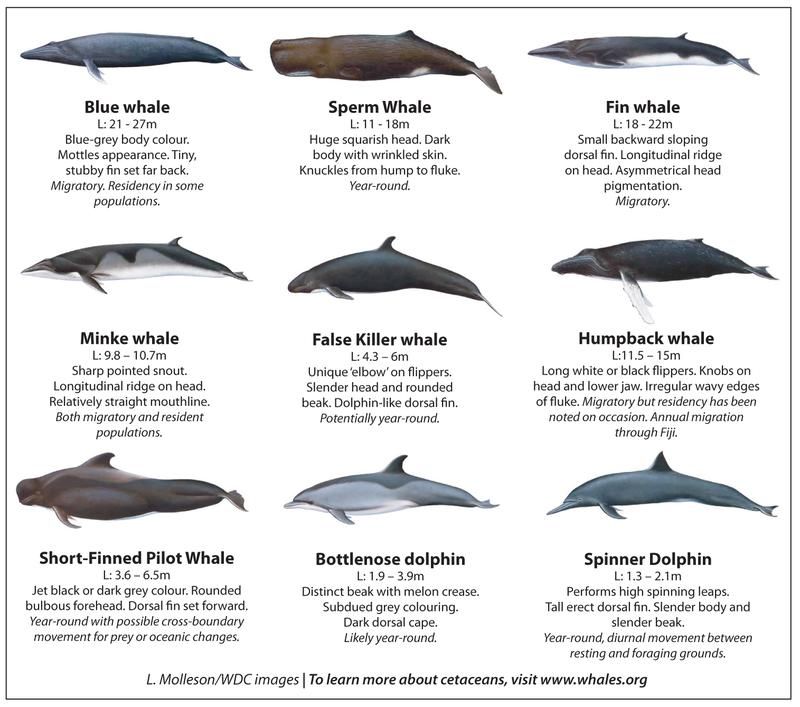
Fear of open doors leading to the dressing room
It turns out that there is a special name for such a phobia - auchloclaustrophobia.
Fear of sleeping in the dark
Nyctophobia (fear of the dark), according to several studies, affects significantly more adults than might be expected.
Fear of entering opaque, muddy water
To tell the truth, this fear, for which there is not even a special name, is a rather useful thing and did not quite rightly make it to this list. Why enter muddy waters where it is not clear what or even who might be hiding?
Fear of dentists
This popular fear also has no special name.
Fear of butterflies
While most people are sympathetic to arachnophobia (fear of spiders), lepidopterophobia (fear of butterflies) causes, basically, only bewilderment and a smile.
Fear of fire escapes
This fear seems to be related to the fear of heights.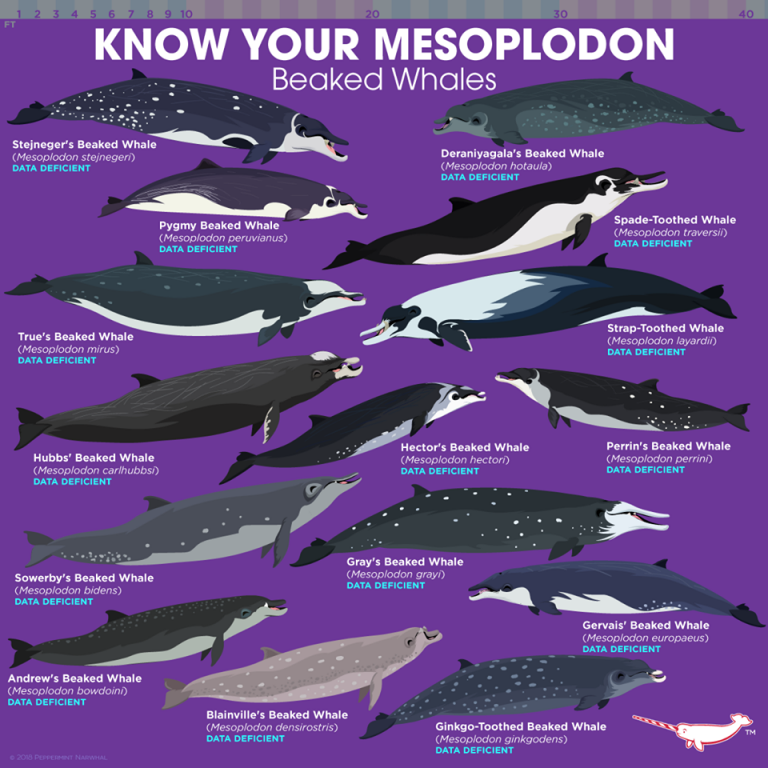
Fear of standing on a glass floor
Another phobia directly related to acrophobia (fear of heights).
Fear of women
An irrational fear of women is called gynecophobia, and the horror that comes at the sight of a man is androphobia
Fear of the first floor
In fact, living on the ground floor is feared by people with several different phobias, ranging from claustrophobia (fear of being buried under rubble if the building falls) to agoraphobia (fear of people walking by).
Fear of purple
If one of your friends is afraid of purple, tell him that he is not alone. This phobia is called porphyrophobia.
Fear of sharks and whales
In principle, the usual fear of sharks can hardly be called unreasonable. But if it is so strong that it does not allow you to come close to the sea, then something needs to be done about it.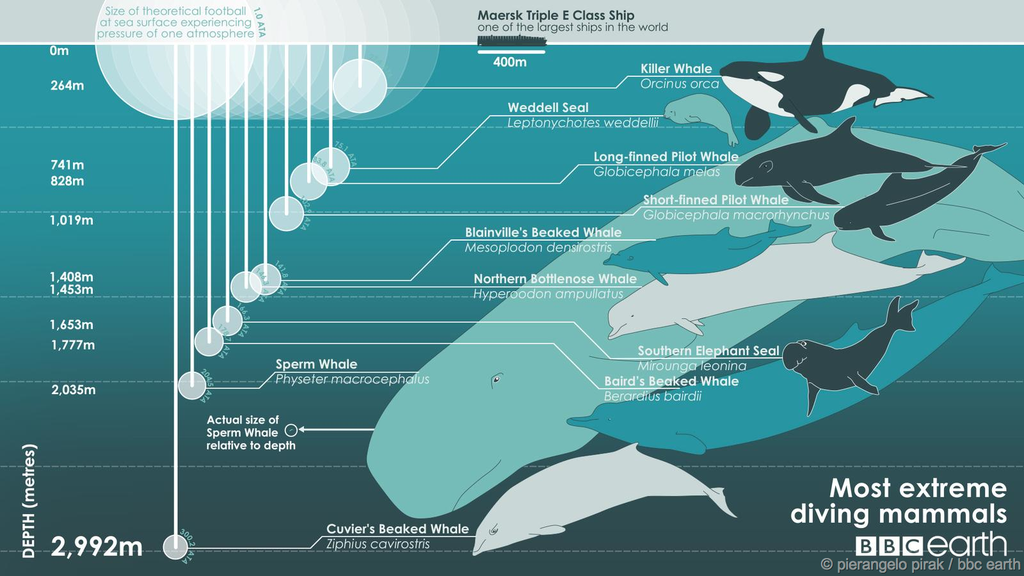
Fear to be out of action of the mobile network
Yes, this is a serious phobia and it has a serious name - nomophobia
Fear of shower
Abliffobia is one of the most non -hygienic phobias, it can easily cost a man of a couple of friends with a good sense of smell.
Fear of cockroaches
For catsaridaphobe sufferers, the fear of cockroaches seems quite justified, and we are not going to argue with them - these little monsters have managed to survive in almost any global catastrophe since the beginning of time. It's really scary.
Fear of going down stairs
Another fear related to the fear of heights. Those suffering from this phobia have to rely on elevators (unless they also suffer from claustrophobia). Well, or you can get the hang of going down backwards.
Fear of soap bubbles
Those suffering from ebulliophobia probably also have a hard time because of the ridicule of others.